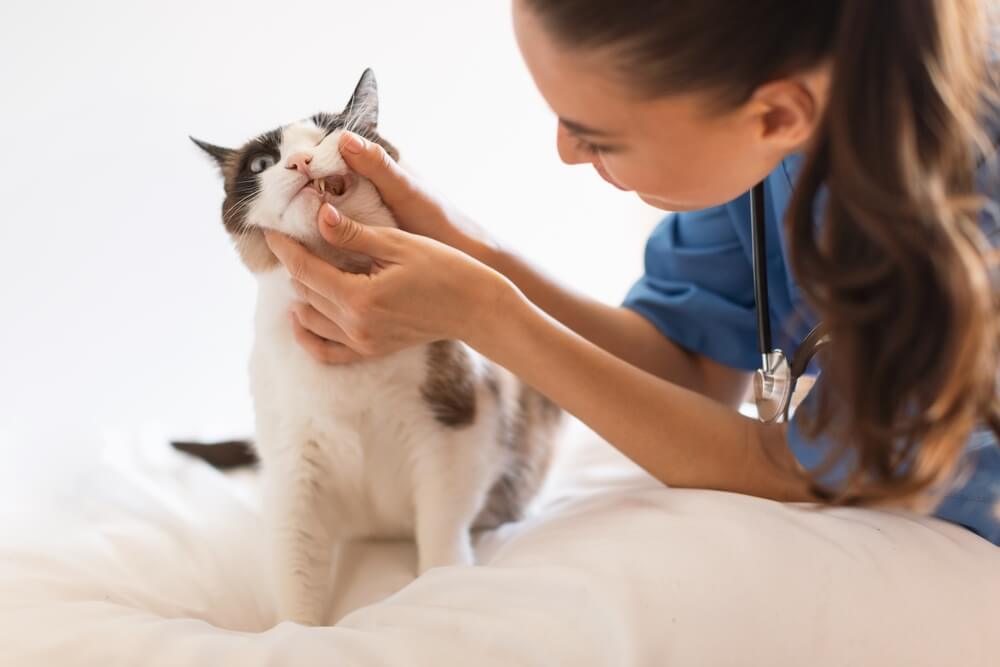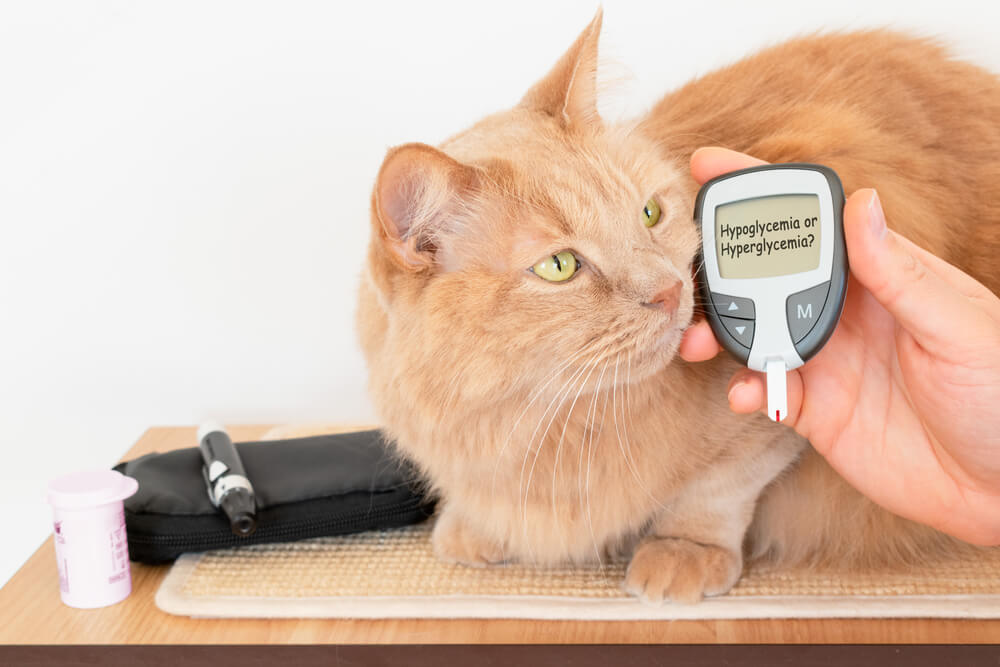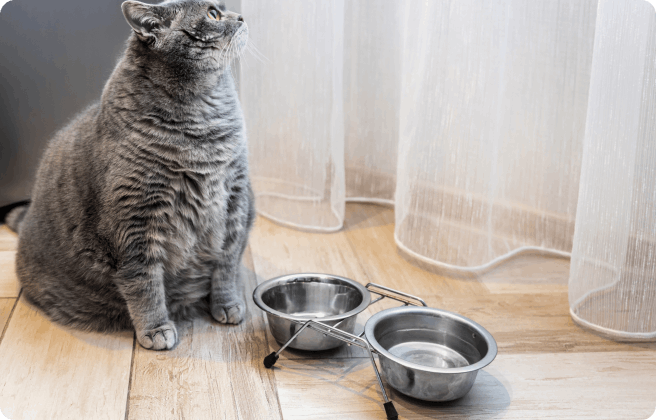
If you’re reading this over breakfast, we apologize, as we’re about to discuss pus. Specifically, pockets of the stuff, which is essentially what an abscess is.
There are a number of different types of cat abscesses, and if you discover your cat has one, you might be worried. So we’ve put together a guide on everything you need to know about cat abscesses, including what they look like, what causes them, and how to treat them to stop the infection from getting worse.
What is a cat abscess and what does it look like?
Abscesses can appear anywhere on your cat’s skin, or under the skin. If it’s on the skin, you’ll usually notice it as a swelling or blister that may appear tight like a balloon. The skin may be inflamed and red, and can often be swollen around the abscess. You may also notice that the fur may be matted or missing in the area surrounding the abscess.
The abscess might be oozing a thick green, yellow or clear liquid, and depending on the location it could be causing your cat to limp or appear to be in pain.
Cats, like humans, can also get abscesses in their gums around their teeth. If that’s the case, you might notice swelling around the mouth, drooling, bad breath, and a loss of appetite.
Other indicators your cat might have an abscess is if they’re lethargic and have a fever.
If you notice your cat has an abscess, or are worried they might have one, contact your vet. The sooner it’s treated, the less chance there is of the infection getting worse.
What causes abscesses?
Usually, an abscess on or beneath the skin is caused by an infected wound. With cats, more often than not this is from a scratch or bite from another animal, usually a cat during conflict. If there’s bacteria on the other animal’s claw or tooth, this enters the wound and remains trapped there once the skin’s healed, causing infection and pus buildup, which has nowhere to escape. It then causes a bubble or expansion of the skin, which is sore and painful for your cat.
Tooth abscesses are usually caused when an infection develops in the gum beneath the tooth, often due to poor dental hygiene, by a scratch or trauma to the mouth.
The other type of abscess is an internal abscess. This can be caused by a number of reasons in different parts of the body. Abscess on the lung can be the result of inhaling a foreign object, impacted anal glands can cause abscesses, and blood-borne infections can lead to liver abscesses.
What can abscesses potentially lead to?
If left untreated, an abscess can potentially lead to life-threatening disease spread from the other cat. Diseases such as feline leukemia, rabies or feline immunodeficiency virus (FIV) can all be transmitted from another cat, so it’s especially important to check for abscesses, in particular, if your cat has been in a fight, and take them to your veterinary surgeon if you think there’s an abscess.
How do you treat abscesses in cats?
You’ll be glad to hear that abscesses are usually treated easily and successfully. Your vet will clean and drain the abscess, and prescribe antibiotics to treat the infection. The type of antibiotics will depend on the location of the abscess and the severity of the infection. Pain relief may also be prescribed.
Occasionally, surgery may be required and, if the abscess is caused by a rotten tooth, that tooth will require extraction.
We uphold the highest editorial standards when creating the authoritative content pet parents rely on and trust.
Every piece of clinical content on the Cat Food Advisor is reviewed by our certified Veterinary Advisory Board, which consists of licensed veterinarians and medically certified specialists.
Our reviews are completely independent; we are not paid by any pet food company to promote their products favorably. We do not accept money, gifts, samples or other incentives in exchange for special consideration. For more information see our Disclaimer & Disclosure page.










